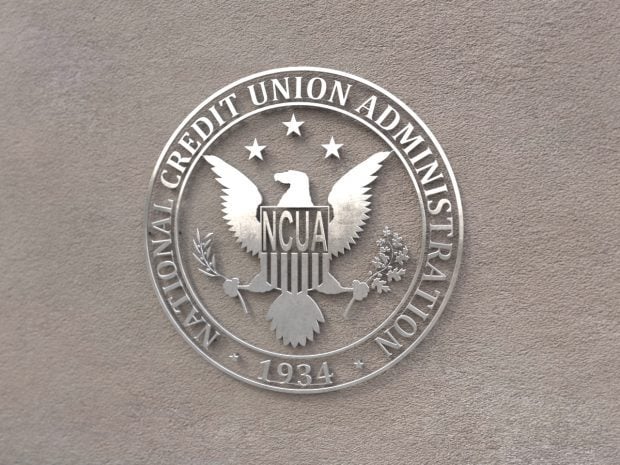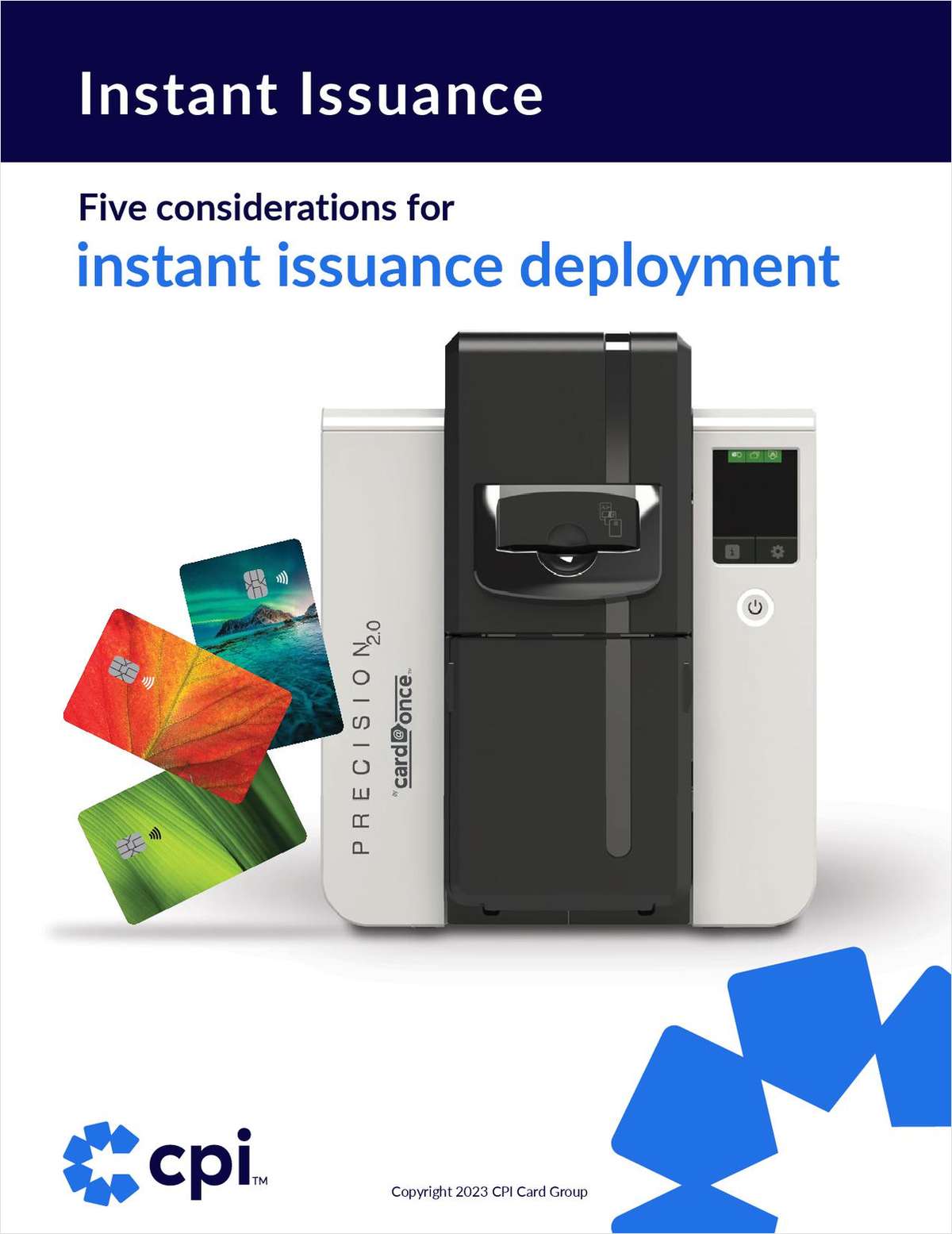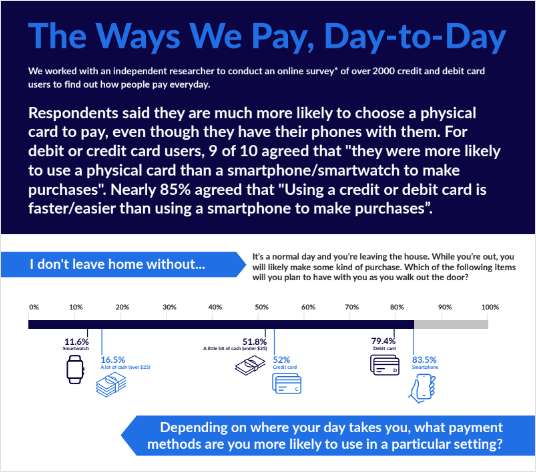A former official with the California Department of Business Oversight said if Monterey Credit Union applies to convert to a state chartered bank, the cooperative may have to wait until state regulators develop procedures that would allow it to proceed.
The $200 million Monterey CU in Monterey, Calif., aims to convert to a stock issuing commercial bank, according to published reports.
However, as of Thursday, the credit union had not applied with the Office of Comptroller of the Currency for a federal bank charter or the FDIC for insurance. The California Department of Business Oversight announces new charter applications in the month after the organization applies.
For 22 years, Kenneth Sayre-Peterson served on the CBDO and its precursor, the California Department of Financial Institutions, before departing as general counsel in 2012.
Sayre-Peterson wrote the May 2011 opinion letter that said California chartered credit unions could convert to a commercial bank in a purchase and assumption agreement and that in such a transaction, credit union members would likely have to be paid for their shares.
But Sayre-Peterson said this type of transaction was not the charter change that would see the entity shift from a credit union to a bank. He suggested only a California mutual bank or thrift charter would maintain members' ownership interest in the institution through that sort of shift.
He also said the CDBO does not have any regulations or procedures on its books for such a charter change. Monterey would be the first one.
“It's unprecedented,” said Sayre-Peterson, who is currently a partner in the San Francisco law firm of Joseph & Cohen. “There has never been a California chartered credit union which has wanted to convert to a California chartered bank so the question of how to do it has never come up.”
Sayre-Peterson contrasted the CBDO, which regulates a variety of different industries, with the NCUA, which regulates federally-chartered credit unions. The NCUA has a more singular focus and can dedicate more resources to credit unions than the CDBO can, he explained.
“In charter changes, the rules of the receiving regulator are the most important,” Sayre-Peterson said.
California law allows the CDBO to come up with regulations that are provisional and only apply to Monterey's situation, he noted.
If another California credit union wanted to make the same charter change, then the CBDO would have to promulgate a formal set of regulations that would need to go through a public comment period, Sayre-Peterson said.
However, if Monterey applied to convert to a California bank charter, Sayre-Peterson said he expected the regulations that CBDO developed would feel very familiar.
“No regulator wants to be out on his or her own and act like they are making things up out of whole cloth,” he said. “They will look to NCUA's procedures as well as regulations of other bank charter conversions that already exist in California.”
The $1.7 billion Technology Credit Union in San Jose, Calif., first considered converting to a federal thrift charter in 2011. Since its attempt differs from Monterey's consideration to convert to a stock issuing commercial bank, state regulations were not applicable. Tech CU's charter move failed when members voted it down.
Complete your profile to continue reading and get FREE access to CUTimes.com, part of your ALM digital membership.
Your access to unlimited CUTimes.com content isn’t changing.
Once you are an ALM digital member, you’ll receive:
- Breaking credit union news and analysis, on-site and via our newsletters and custom alerts
- Weekly Shared Accounts podcast featuring exclusive interviews with industry leaders
- Educational webcasts, white papers, and ebooks from industry thought leaders
- Critical coverage of the commercial real estate and financial advisory markets on our other ALM sites, GlobeSt.com and ThinkAdvisor.com
Already have an account? Sign In Now
© 2025 ALM Global, LLC, All Rights Reserved. Request academic re-use from www.copyright.com. All other uses, submit a request to [email protected]. For more information visit Asset & Logo Licensing.









